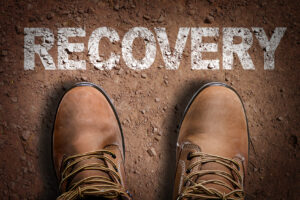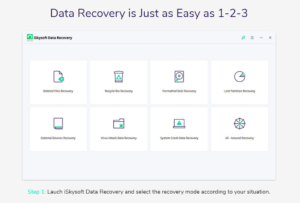What is Disaster Recovery as a Service (DRaaS)?

With each passing year, information technology acquires an ever more outsized role in the world of business. Many now argue that IT systems and electronic data are the modern enterprise’s most important assets (unlike in the past when that honor was unanimously bestowed to employees).
In this context, an event that disrupts the availability, accessibility, and integrity of business systems is a threat to the very existence of the organization. Think about it – how long can your business afford unavailability of systems and data? Many companies have had to close down for good after a disaster.
This is why disaster recovery planning is so important. It’s about establishing the contingencies necessary for you to restore operations back to normalcy (or near normalcy) within the shortest time. Traditionally, disaster recovery installations involved setting up a cold or warm company-run remote site that would be fired up when production systems were knocked off by a catastrophe.
#1. What is DRaaS
Today, there are new alternatives. Consistent with the move to software-as-a-service (SaaS) and platform-as-a-service (PaaS), disaster-recovery-as-a-service (DRaaS) is an option that eliminates the need for a library of storage tapes, a second data center, and equipment replication.
DRaaS is a hot or warm disaster recovery site that’s an exact replica of the production environment. The site could be on a public cloud, a virtual private cloud (VPC) or a hybrid environment. The disaster recovery site is managed via a web portal through which administrators and ordinary users can launch and run business systems with minimal delay.
That means in the event of an outage in the primary site, business services will run on the provider’s cloud. No need to purchase expensive hardware or go through arduous installations. Here are some of the advantages draas solutions have over Do-It-Yourself (DIY) disaster recovery.
#2. Predictable Cost
Since the burden of acquiring and managing the hardware and software rests with you, DIY disaster recovery is often characterized by unpredictable and unanticipated costs. Such irregular expenditure can make it hard to see the true ROI of your investment.
With DRaaS, costs are known, upfront, recurring and inclusive. It uses the pay-as-you-go model so you only pay for what you need. You get reliability at a price you can plan for well into the future.
#3. Scalability
Your business’ technology needs are never static. As the company grows, so will the systems it needs to effectively serve its customers. Scalability is especially important because growth won’t always follow a gradual curve. For some businesses, exponential growth doesn’t leave much time to upgrade DIY systems in a timely fashion.
DRaaS has the advantage here since all you need to do is upgrade to a higher level plan, something that can be effected in a matter of minutes. No need to go through the time-consuming process of procuring new equipment to keep up with evolving needs.
#4. Outsourcing Documentation
One of the biggest pains of disaster recovery is the documentation process. With DRaaS, this burden moves to the service provider. It’s the provider’s duty to ensure that all processes are comprehensively documented and up-to-date. The provider shares documents and communicates changes to all stakeholders.
The language used and the structure of documentation must be easy to understand to facilitate quick action when disaster strikes.
#5. Consistent Testing
A common cause of failure during attempted recovery is a lack of sufficient and regular testing of the recovery site. Businesses often get so caught up in everyday operations that even data backups become a routine that ends when copying of data to the remote site is complete.
With DRaaS, testing is in the hands of the vendor. It will include not just standard testing for data integrity and consistency but also scenario testing that evaluates how seamless the recovery will be in the event of a disaster.
DRaaS can deliver exceptional business reliance by ensuring continuous mirroring of data and infrastructure to a cloud service that allows rapid recovery following an outage. Of course, DRaaS aren’t created equal so take time to identify a reputable provider that would be a great partner for your business.






